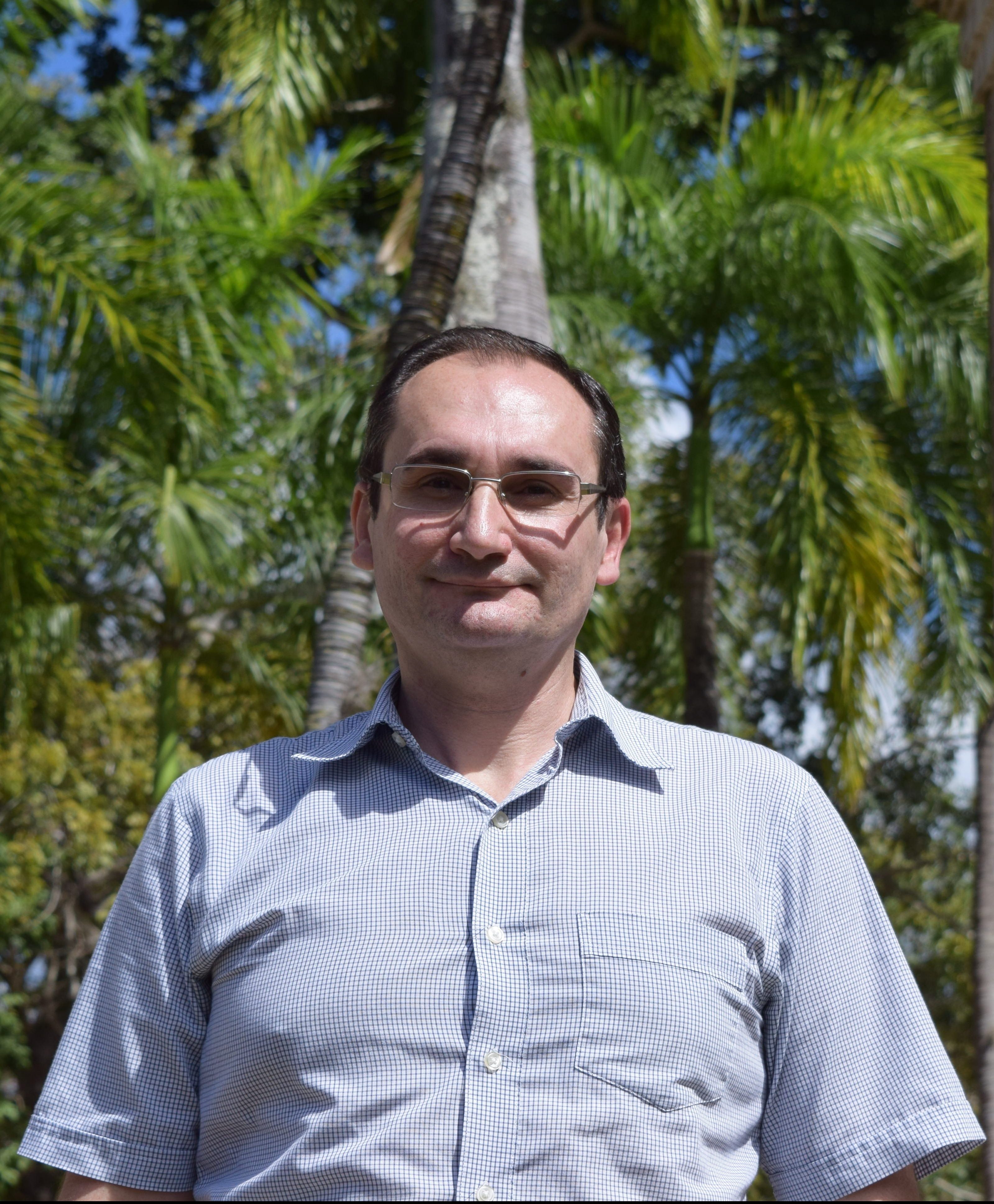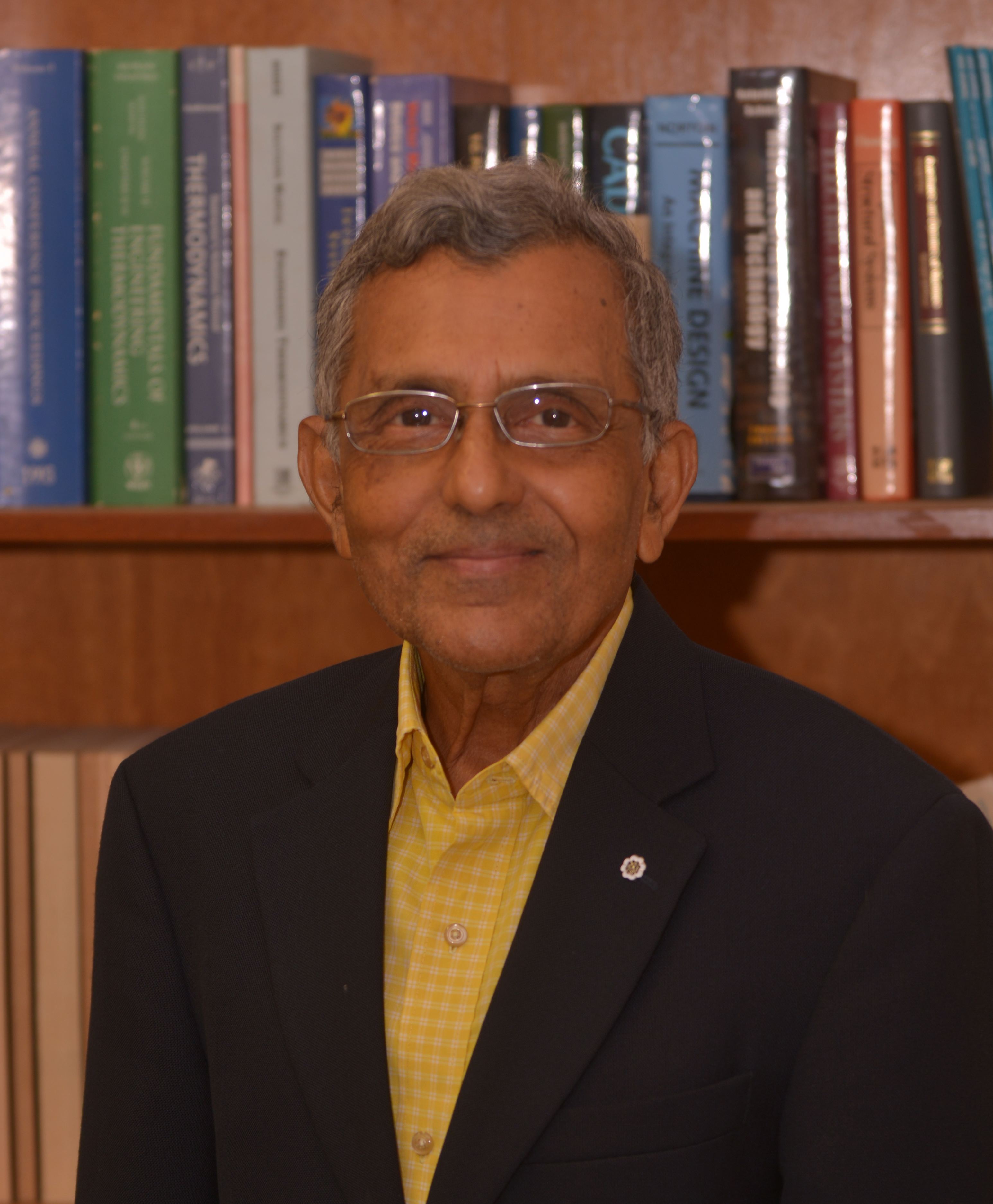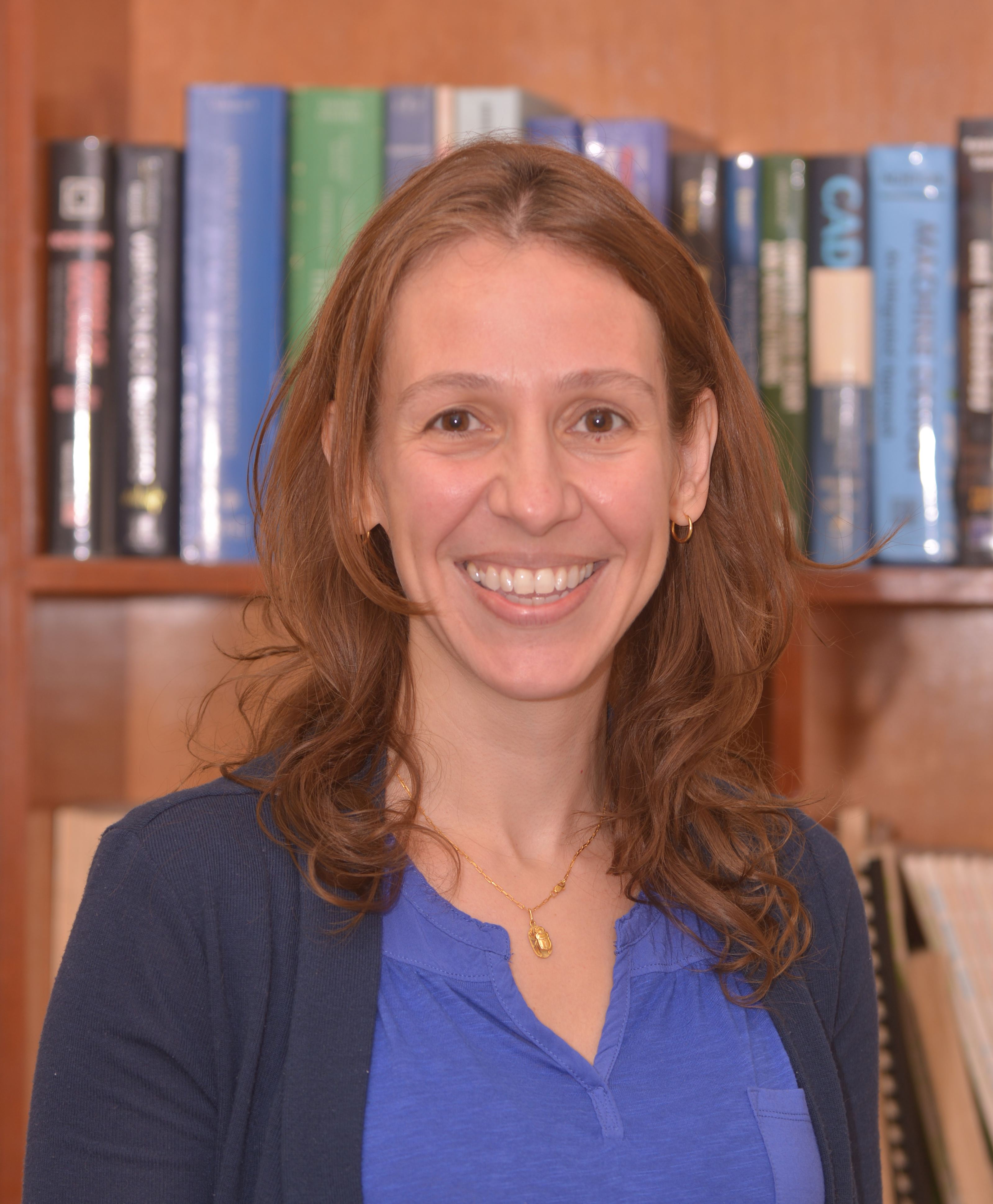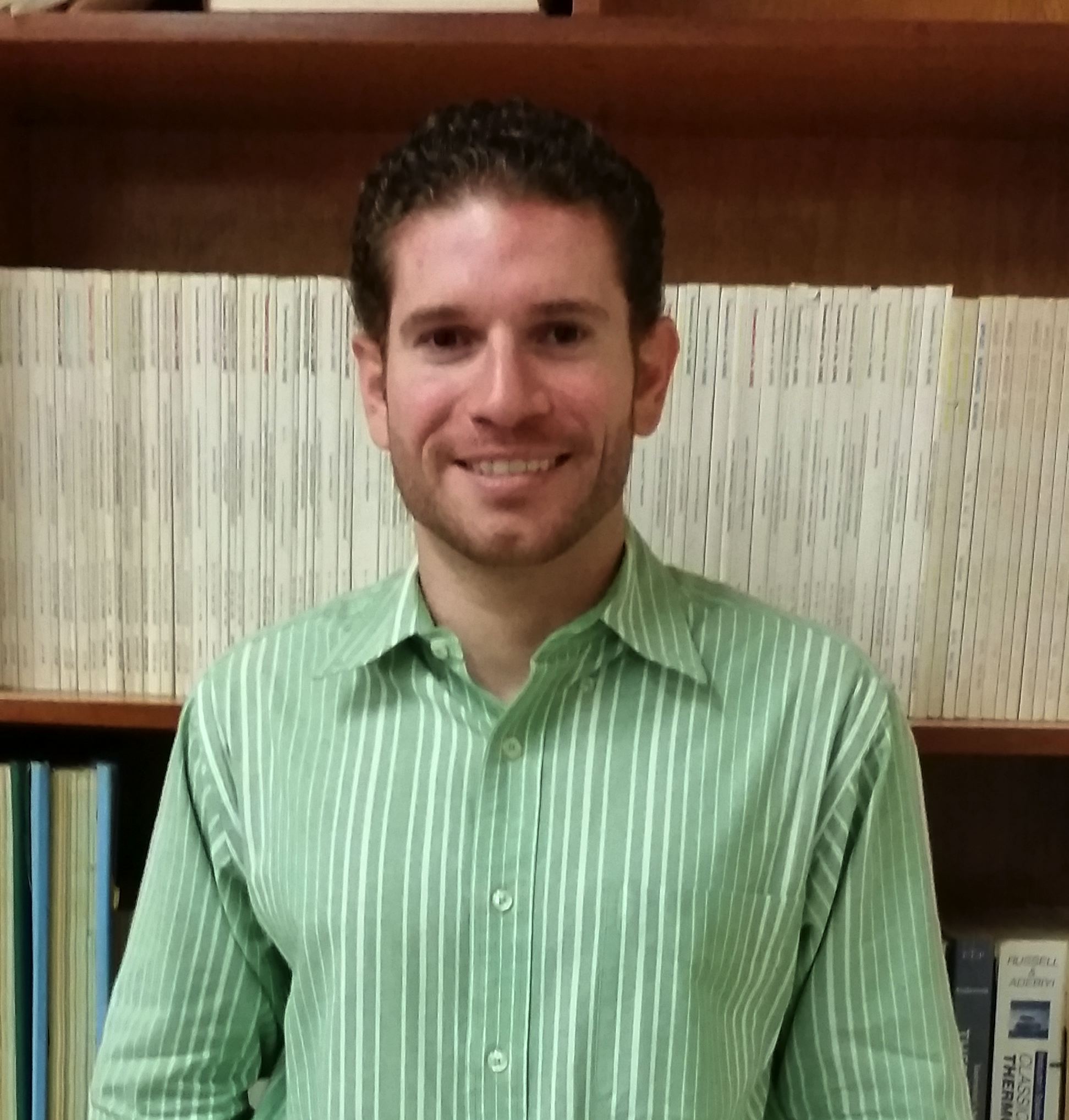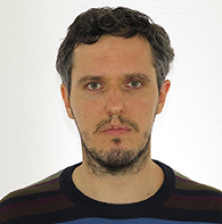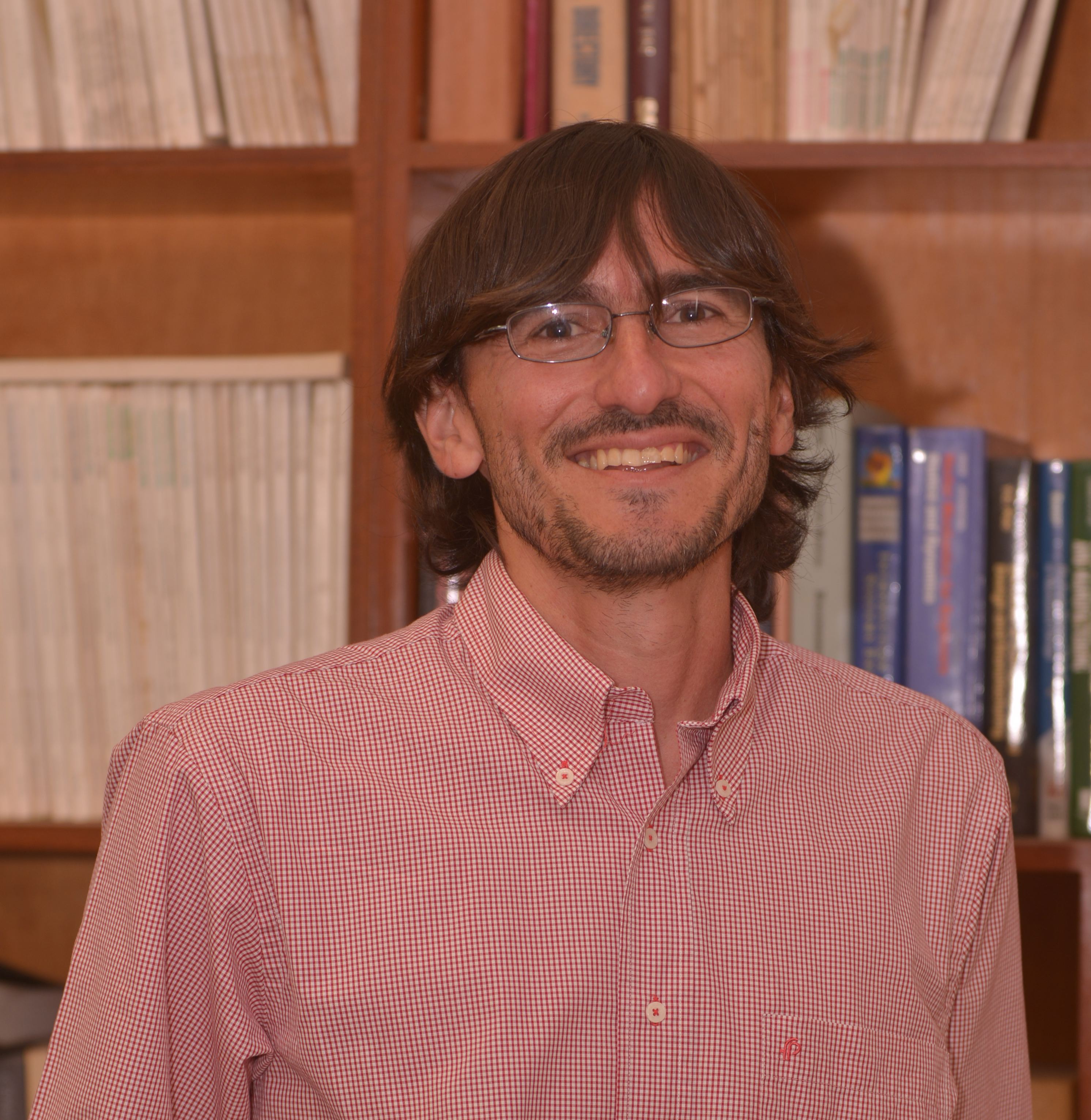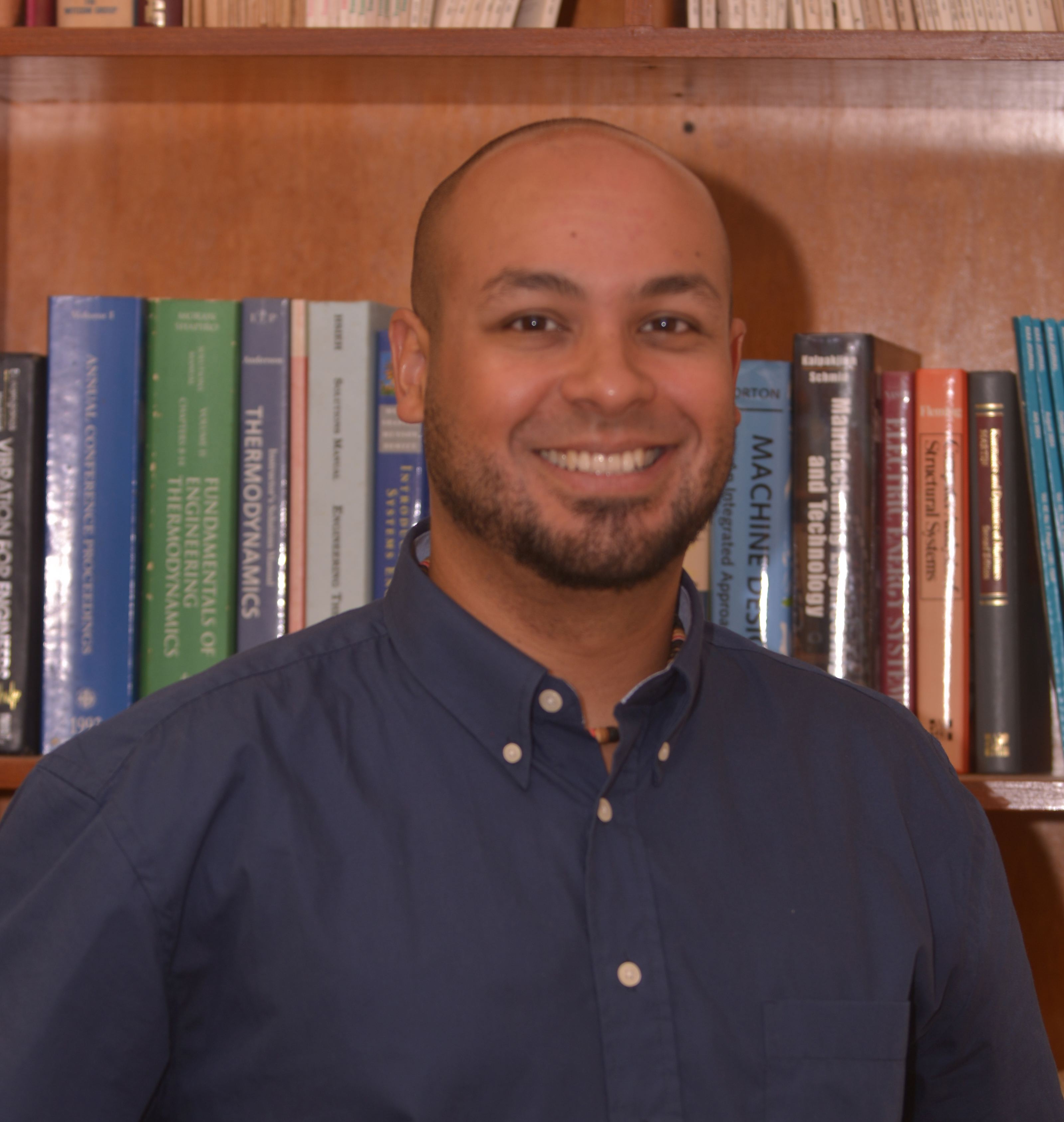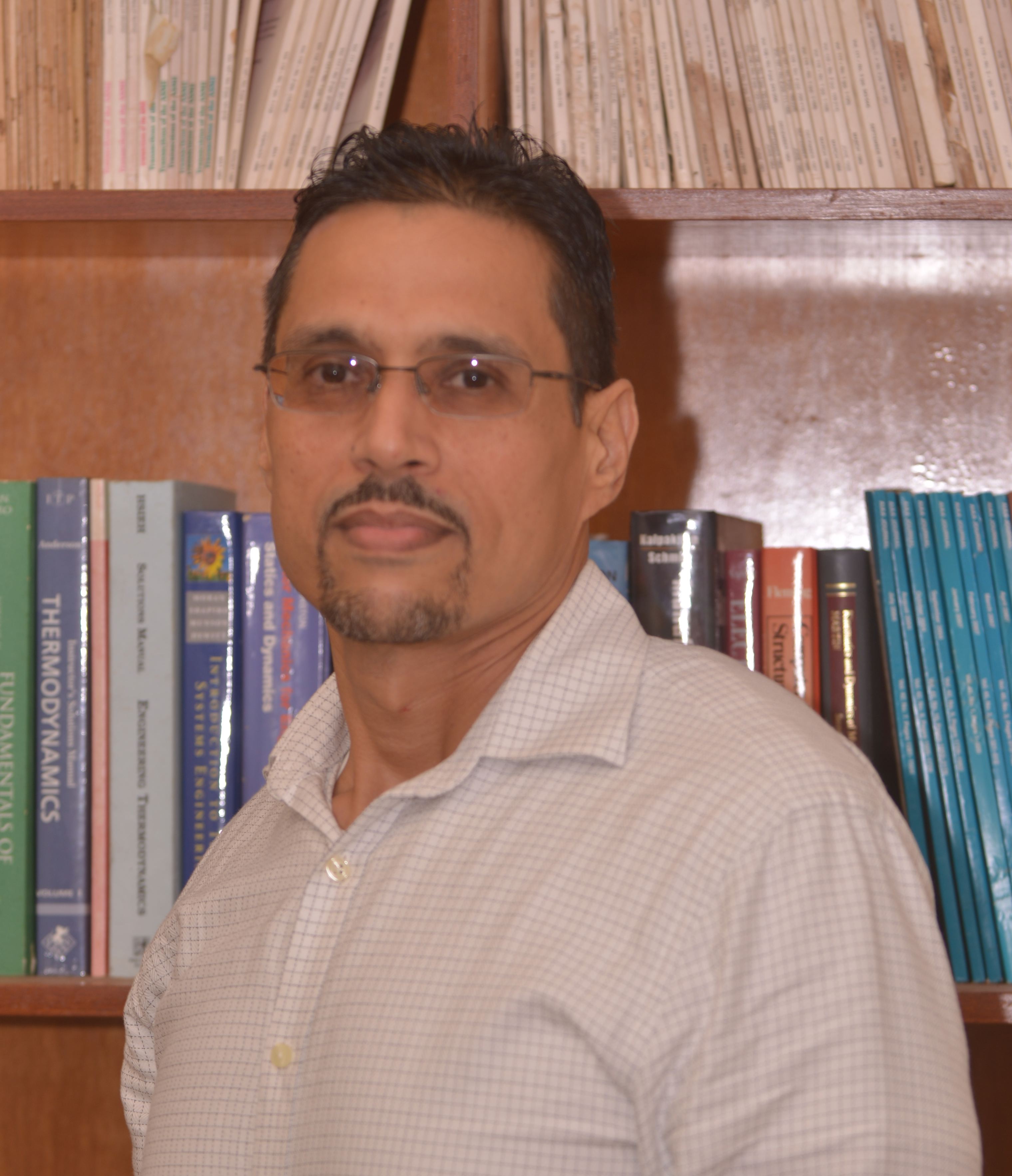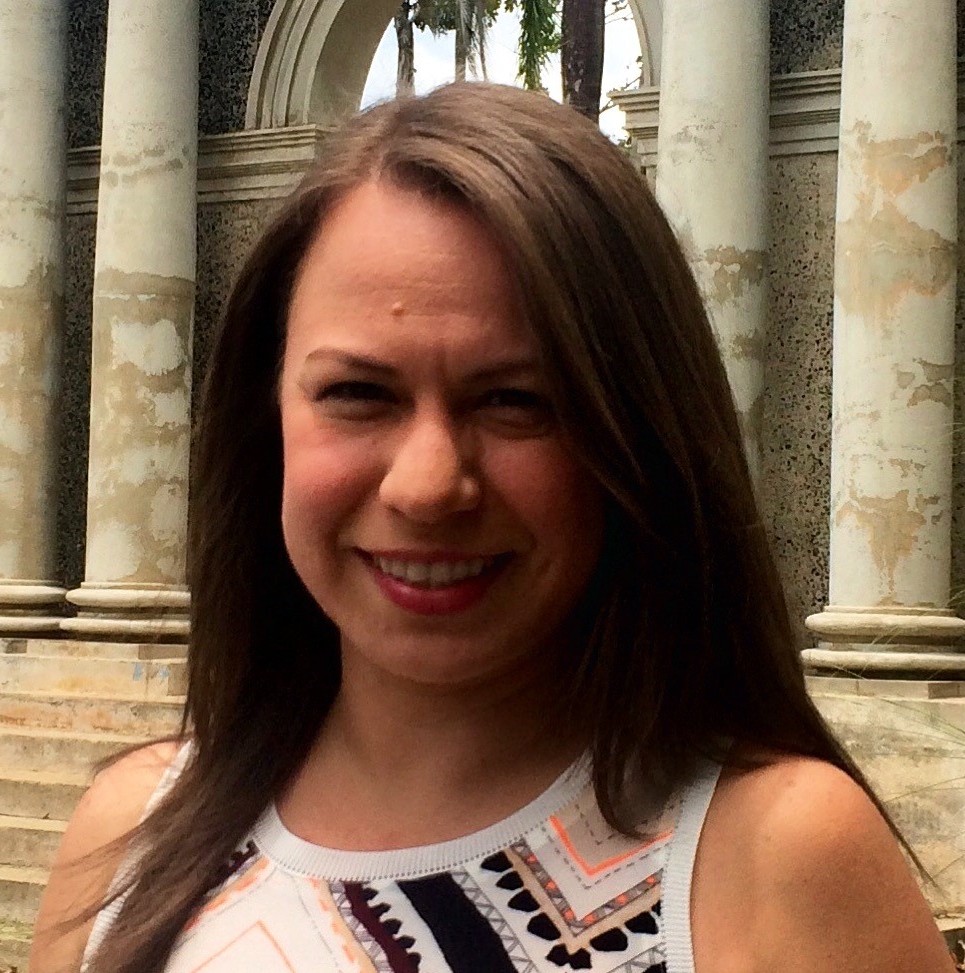
Flow control of turbulent “superstructures” (NSF#1512393 and NASA PR Space Grant Fellowship)
This study involves incompressible Direct Numerical Simulation (DNS) of turbulent flows to evaluate the effects of small flow changes close to a solid wall on the development of very long eddies farther downstream.
Effects of wall curvature on hypersonic boundary layers (AFOSR#FA9550-17-1-0051, in collaboration with the U. of Colorado-Boulder)
We seek to develop a robust turbulent inflow generation methodology for hypersonic spatially-developing turbulent boundary layers (SDTBL) with Mach numbers up to 5 in a suite of high spatial/temporal resolution Direct Numerical Simulation (DNS) as well as Large Eddy Simulation (LES) at higher Reynolds numbers.
High-end visualization of coherent structures and turbulent events in wall-bounded flows (NSF-GECAT #1440733, in collaboration with the Barcelona Supercomputing Center, Spain)
This project focuses on creating time-dependent, 3D flow visualizations. As with most visual simulations, the amount of data required is massive and nearly impossible to sift through without robust parallel computing infrastructure. The GECAT program enables this visualization to be possible by connecting Dr. Araya with one of Europe’s strongest HPC centers, the Barcelona Supercomputing Center, in order to provide the parallel processes necessary to perform these intricate, data-intensive visualizations at a speed that would otherwise be impossible.
Turbulence modelling for aerospace applications (XSEDE #CTS170006)
Computational Fluid Dynamics (CFD) is significantly gaining ground in the area of aerospace research due to its relative low cost, high accuracy and versatility. Particularly during the design stage of an airplane, it is possible to obtain fast results of different configurations, and, thus minimize the time and the expense of building a wind tunnel model and testing it. Furthermore, with the recent advent of petascale supercomputers with hundreds of thousands of cores, the running time of large scale systems, such as a complete airplane, has been dramatically reduced.
Plastic Instability in Manufacturing Processes from the Standpoint of Energy Economy.
In manufacturing processes most of the energy in dissipated and a large part of it is lost in heat, mass and momentum transfer. Instead of “feed control” if we use “force control“, and optimize some of the governing parameters thereby,
We can save a lot of this lost energy in mass scale manufacturing processes like machining, forging, grinding, rolling, etc. that are performed in the light manufacturing industries in Puerto Rico, such as, in Hewlett Packard (HP), General Electric (GE) and in some of the pharmaceutical manufacturing industries.
Bubbles
Everybody is familiar with bubbles in one way or another. They are part of our daily lives and look simple, however bubbles are quite complex systems with an intricate physics behind their behavior and even existence. The science of bubbles has developed to a point where they are successfully used for cleaning, cutting, improving contrast in ultrasound imaging and medical treatment for lithotripsy just to cite a few. Additionally, research on their applicability for cancer treatment, drug delivery and to prevent decompression sickness (DCS), among others, is being actively explored. However, there is still serious lack of knowledge on their dynamics that is preventing a wider range of possible applications to develop.
Moreover, very recently the research area has been challenged with the tiniest version of bubbles: nano-bubbles, which do not follow the theories applied for larger ones. Actually, they should not be stable for more than milliseconds, yet they are found stable for months.
Bubble Dynamics Laboratory
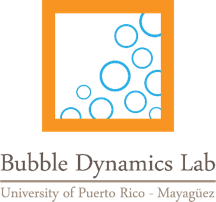
At the Bubble Dynamics Laboratory of the University of Puerto Rico – Mayaguez, cutting edge research is being conducted for understanding, producing and characterizing milli- micro- and nano-bubbles through the design of acoustic resonators. We develop experimental systems for validation and/or formulation of theoretical models involving the generation and collapse of bubbles.
Ongoing Projects
Specific research is being carried out for DCS prevention (funded by the Puerto Rico Science Technology and Research Trust and by an NSF SBIR Phase I grant with SIL Technologies LLC grant#1721595), DCS treatment (a project that has just being recommended for funding by NIH SBIR Phase I program), nanoparticles production (funded by ONR grant# N00014-14-1-0836), and basic knowledge on the bubble dynamics.
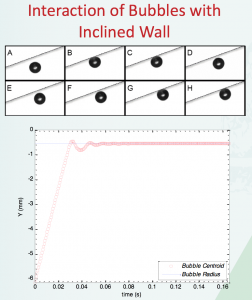
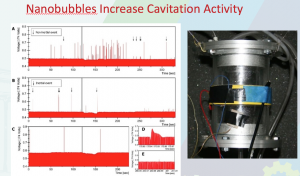
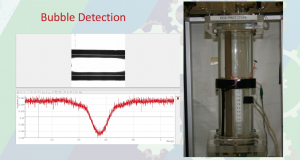
Design review using Virtual Reality
This project uses VR to review CAD assembly models. The application of VR technology into the engineering design process is still unknown. This project aims to understand which input/output devices and VR setup are suitable to find errors in a complex design (CAD assembly).
Influence of VR product representation on subject preference via discrete choice representation
Product appearance plays a critical role in our choice of one consumer product over another. In the current market, flooded with mature products having few technological differences, gaining a competitive advantage is increasingly crucial to businesses. Virtual Reality’s (VR) influence on subject preference, has not been studied, despite the recent advances in VR technology to visualize products, movies, and other media. Additionally, traditional representations (2D images and 3D printed models) do not allow a designer or researcher to easily modify the model to test new design ideas. VR addresses these gaps by providing a realistic product representation and the flexibility to quickly modify a design for subject feedback. The primary goal is to understand the influence of consumer grade VR product representation in discrete choice experimentation for subject preference elicitation.
New Honeycomb Geometries for Impact Energy Absorption in Aerospace Applications
(Project funded by the Puerto Rico Science, Technology and Reseearch Trust, grant agreement number 2020-00135). Design and optimization of innovative sandwich core geometries for different applications (including aerospace, naval, and automotive) and extreme environmental conditions, to increase the energy absorption capabilities under loads acting along different directions. Experimental tests and numerical simulations (Finite Element Analysis) of static, impact, and fatigue loads on additively manufactured samples.
Optimization using Machine Learning.
Ongoing collaboration with the Oak Ridge National Laboratory (ORNL).
Use of Machine Learning with Deep Neural Networks to characterize the behavior of turbomachinery.
Diffusion Soldering and Phase Change Materials for Advanced Packaging of Power Switching Technologies (sponsored by the Army Research Office)
This project seeks to continue the collaboration that has been established between the US Army Research Laboratory and the University of Puerto Rico-Mayaguez for furthering the development, characterization, fabrication, and reliability testing of novel packaging technologies that will advance the DoD quest for wide band-gap power devices. The intellectual merit of the proposed work is related to the fundamental understanding of diffusion soldering that will be gained from the experimental work in collaboration with ARL’s facilities, which in turn, is likely to foster the development of reliable, large area interconnection for SiC microsystems. In the quest for a total packaging solution this project will work towards the incorporation of phase change materials (PCMs) as a thermal management solution. Modeling and experimental work will be performed as part of the project.
Engineering Analysis, Design, and Prototype Construction of a Semi-Passive Solar Energy Parchment Coffee Dehydration Structure for Applications in Puerto Rico and the Caribbean. (sponsored by the USDA-NRCS)
This work directly addresses the high-energy costs associated with the processing of coffee in Puerto Rico and the Caribbean. This project will aggressively minimize energy consumption using one of the most abundant natural resources: solar energy. The positive impacts of this effort are far-reaching, including: (1) substantial carbon print reduction, (2) local agricultural economy improvement, (3) coffee industry sustainability, and (4) food security and safety, among others. The objectives of this project focus specifically on three main areas: (i) Engineering Analysis, (ii) Design and Specifications, (iii) Prototype Construction.
Agricultural Lab-on-a-Chip device for point-of-care pathogen detection (sponsored by the Puerto Rico Science, Technology & Research Trust)
The major goals of this project are to develop an in situ biosensor for bovine Babesiosis and to study the antigenic peptide sequences of proteins on the surface of the B. bovis parasite that may be useful in detection or vaccine development.
Towards fast response to harmful bacteria levels in nearshore waters: A local hydrodynamic Model and in situ biosensor (sponsored by UPRM Sea Grant) and In-situ sensor for real time detection of coliform bacteria in public waters (sponsored by CariCOOS)
These projects sponsor the development of an automated, in situ biosensor for the detection of coliform bacteria in beaches. Funding is used for the design, development and validation of our biosensor against current EPA approved bacteria detection and quantification methods.
NSF Engineering Research Center for Cell Manufacturing Technologies, CMaT (sponsored by the National Science Foundation)
This NSF Engineering Research Center aims to lead the nation in the research and development of cutting edge technologies, techniques and methods for advanced cell manufacturing. My involvement in the center is the research, development and integration of non-invasive, non-destructive, real-time sensor technologies for the detection of Critical Quality Attributes (CQAs) of cell quality during the manufacturing process.
General Research Interests
Thermal Sciences
Energy Conservation and Optimization
Systems Parametric Modeling:
- – Thermodynamics
- – Fluid Mechanics
- – Transport Phenomena
Mechanism of mechanotransduction in connector protein Vinculin under cyclic loads
The connector protein Vinculin is expected to join the actin microfilament and the focal adhesion complex and thus provide mechanical stability to a cell. Earlier observations have indicated the abdication of this role by Vinculin under prolonged cyclic stimulation resulting in increased cell motility. The mechanism by which attachment and detachment occur is being studied in the MCF 10A cell line.
Understanding the directionality and increased expression of collagen in the ECM under mechanical stimulus
The deposition of collagen in the ECM is being studied under the application of a mechanical stimulus in murine osteoblasts. Live cell imaging will be used to determine the mechanism and transport function of collagen vesicles under the effect of varying load applied on the cell substrate. The goal is to grow collagen fibers in preferred orientation though the application of the appropriate mechanical stimulus.
Modeling of turbulence realistic atmospheric turbulent boundary layer conditions for a wind turbine in a scaled-down wind tunnel
Design of a fractal and strakes to generate turbulence and simulate the atmospheric boundary layer inside a wind tunnel to understand the effect on wind turbines.
Experimental Study on the Effects of External Conditions on Boundary Layers of Adjacent Blades
Design of experimental setup to study boundary layer development on adjacent blades to simulate compressor airfoils in gas turbines. Design of experimental setup to understand the individual and joint effects of multiple external conditions on endwall boundary layers.
Boundary Layers affected by Pressure Fields of Adjacent Compressor Blades: A Numerical Approach
Computational simulation of a compressor cascade to study boundary layer development on compressors in gas turbines.

